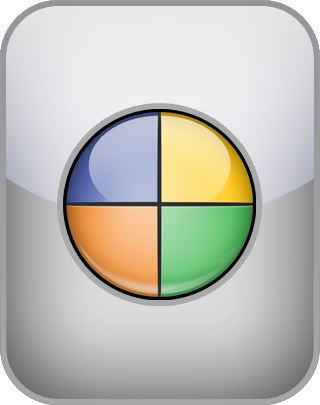Academically reviewed by Dr. Jennifer Schulz, Ph.D., associate professor of psychology
True Colors Test
Based on the work of the personality theorist Don Lowry, the True Colors Test postulates that human temperament falls into one of four categories, each with its own strengths and weaknesses. After having been out of fashion for some time, the test has recently regained popularity on the internet.
What are your True Colors? For each of the following questions, indicate your level of agreement below.
Question 1 of 28
I have bookish interests that others consider nerdy or odd.
| Disagree | Agree |
NEXT
The IDRlabs True Colors Test (IDR-TCT) was developed by IDRlabs. The IDR-TCT is based on the work of Don Lowry, who developed the True Colors personality profile. The IDR-TCT is not associated with specific researchers in the field of personality psychology or affiliated research institutions.
The four temperaments measured by this True Colors Test are:
Gold: People with a Gold temperament value sensibility, authenticity, tradition, and dependability. They are trustworthy, dutiful, stable, organized, responsible, dedicated, and often good with planning and premeditated goals. In relation to others, Golds typically wish to be seen as self-sufficient, punctual, well-prepared, and good community members. Golds are often the people who make sure that things are done according to plans, and as such, Golds have an easy time finding their way into respected jobs and positions of authority as they bring stability to long-term planning to many things they do. Golds generally prefer working in environments where details, rules, and objectives are laid out clearly, and there is a palpable appreciation for accomplishment. They value commitments, rules, and structure over the excitement-seeking and buzz of the moment.
Blue: Those with a Blue temperament value harmonious relationships, intuition, spirituality, and being in touch with emotions. Blues are, in many ways, natural empaths and diplomats, seeking cooperation and deep understanding with others, looking beyond the immediate here and now, and making decisions by struggling to understand how they fit into the greater scheme of values, ideals, and feelings. Blues are said to be committed to their ideals in search of a deeper understanding of what it means to be a human being and ways to bring unity to society and the world. Blues often want to feel unique, be true to themselves, nurture people and animals, and understand life spiritually or symbolically.
Orange: People with an Orange temperament crave excitement and activity. They are action-oriented, independent, optimistic, witty, charming, and quick-witted. They are active and spontaneous. They also frequently thrive on risk, are animated communicators, as well as both generous and competitive at the same time. People with an Orange temperament thus value freedom, fun, humor, leadership, participation, attention, endurance, variety, and experiencing the present moment to its fullest.
Further facts about those with the Orange temperament include that they often resist commitments, learn by doing, and thrive in crises. They love adventure and enjoy action-oriented jobs. They are bold in their relationships, live in casual atmospheres, and have difficulty finding acceptance among the more traditional elements of society because of their unique souls.
Green: Those with a Green temperament value autonomy and free thought while at the same time cherishing book knowledge and abstract, theoretical cognition. Greens are independent thinkers, innovative, logical, academically curious, perfectionistic, and detached. Greens typically want to understand the world in depth, be competent, question the traditional way of doing things; push themselves beyond the limits of what others would consider reasonable; engage in intellectual discussion, as well as to analyze and rearrange systems, and focus on the future. Furthermore, Greens tend to require intellectual freedom; value concise and competent communication; look for mental stimulation, and bring societal advancement.
This test is based on the work of Don Lowry, who created the personality profiling system, True Colors. It was created to categorize at-risk youth into four basic learning styles using the colors blue, orange, gold, and green to identify the strengths and challenges of these core personality types.
As the publishers of this True Colors Test, we have striven to make the test as reliable and valid as possible by subjecting this test to statistical controls and validation. This test will allow you to screen yourself for the characteristics and manifestations of your core personality, according to the personality system developed by Don Lowry. However, free online quizzes such as the present true colors test do not provide professional assessments or recommendations of any kind; the test is provided entirely “as-is.” For more information about our online tests and quizzes, please consult our Terms of Service.
References
- Crews, Tena & Bodenhamer, Johanna & Weaver, Tina. (2010). Understanding True Colors Personality Trait Spectrums of Hotel, Restaurant, and Tourism Management Students to Enhance Classroom Instruction. Journal of Teaching in Travel & Tourism. 10. 22-41. 10.
- Miscisin, M. (2010). Showing our true colors. True Colors International.
- Weber, M. (2019). An exploratory study into student leadership and true colors personality with learning and training. Journal of Hospitality and Tourism Management, 40, 125-133.

 English
English  Español
Español  Português
Português  Deutsch
Deutsch  Français
Français  Italiano
Italiano  Polski
Polski  Türkçe
Türkçe 